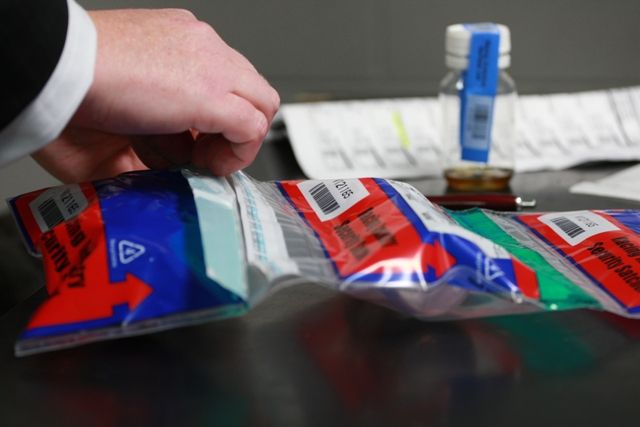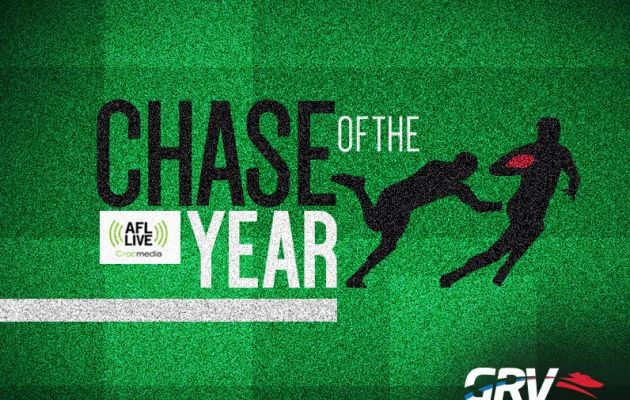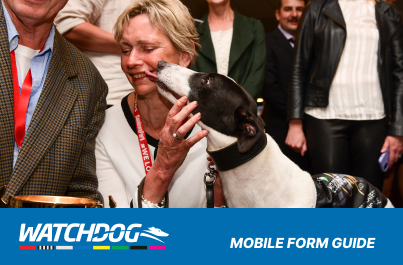I am looking for...

- Monday, 07 Jul, 2014,
- by Greyhound Racing Victoria
Urine, Blood, Saliva or Hair ?
Weighing up the most appropriate methods for the detection of prohibited substances is generally a topic of discussion. David Batty, Laboratory Director at Racing Analytical Services Ltd, shares his experiences below…
[divider] [/divider]
Which Is the Best Testing Procedure From a Racing Prohibitive Substance Control Perspective?
Over the years, the issue of which is the best biological sample for prohibitive substances testing purposes, has often been raised.
All trainers would like to race their animals on a “level playing field”, however the only way to achieve this, is to have an extensive integrity framework which includes the most sophisticated prohibitive substance testing methodology available, utilizing the most appropriate biological sample for analysis.
While each sample has its own benefits in certain applications, urine is generally the preferred sample in all species.
Urine:
Urine collection is a non-invasive method, and almost always provides sufficient quantity to enable extensive prohibitive substance analysis. The concentrations of prohibitive substances and their metabolites tend to be relatively high in urine compared to blood or saliva. As some prohibitive substances are metabolised quite extensively, resulting in little or no parent prohibitive substance excreted in the urine, the presence of metabolites related to the parent prohibitive substance provides additional evidence of administration.
Blood:
Blood collection is a quick, but quite an invasive method. Particularly in greyhounds, it can be difficult to collect in reasonable quantities for analysis. Concentrations of prohibitive substances in blood are a lot lower and do not persist for long periods of time. This means that while the drug may still be having an effect on the animal, it has almost disappeared from the blood.
Saliva:
Saliva collection is not common in racing prohibitive substance control programs, however it can be useful in specific cases where prohibitive substance metabolism is so rapid, that the detection of residual prohibitive substance in the oral cavity becomes a useful option. Obtaining sufficient quantities for testing can be difficult, and the levels of prohibitive substances in this fluid can be quite low. While not used routinely, it can form part of a comprehensive prohibitive substance screening program.
Hair:
Prohibitive substances can be detected in hair for long periods of time, however it is generally not collected as part of a routine prohibitive substance screening program. It can however, be used to provide additional information in the event of a positive finding in blood or urine. Many laboratories around the world, including Racing Analytical Services Ltd (RASL), are looking into the detection of specific categories of prohibitive substances in hair to further complement existing analytical techniques.
One way to illustrate the relative merits of urine vs blood is to compare the detection times of a number of therapeutic substances in both fluids. It clearly shows and supports the argument for the collection of urine over blood. This data is sourced from studies sponsored by the Rural Industries Research and Development Corporation, and carried out by the racing laboratories.
While this data provides excretion times for a range of therapeutic compounds, it is generally the case for most prohibitive substance groups banned by the racing industry. A further example of this relates to a more recent issue, regarding the detection of illegal peptides in racing animals. While the majority of peptides are removed from the blood in a matter of hours, their detection in urine persists for a few days.
While urine may not be the “most pleasant” biological fluid to collect, it certainly provides the racing analyst with the most appropriate fluid to assist the racing industry in protecting the integrity of their most valuable asset.
David Batty
Laboratory Director – Racing Analytical Services Ltd


Greyhound Racing Victoria
GRV regulates the sport of greyhound racing in the state of Victoria under the Racing Act 1958 (Act), which includes setting standards and ensuring they are met by participants.
Featured
Latest news
Watchdog


Hawk Fans’ Chance to Back in Sharpshooter
Luke Breust is making headlines this year for his superb accuracy in front goal, and Hawks supporters can now help him win a share in a racing greyhound by voting for him in GRV’s ‘AFL Live’ Chase …







